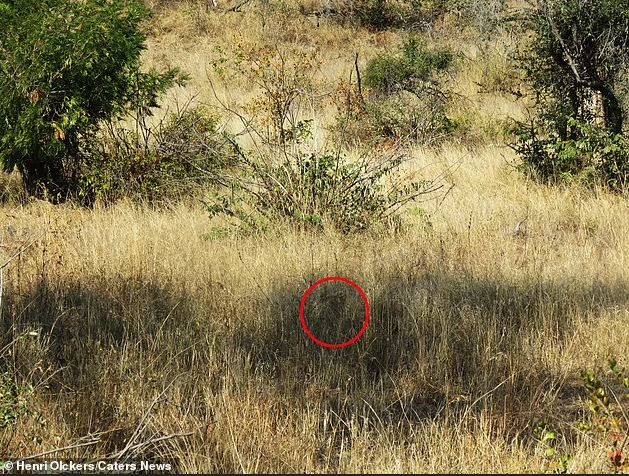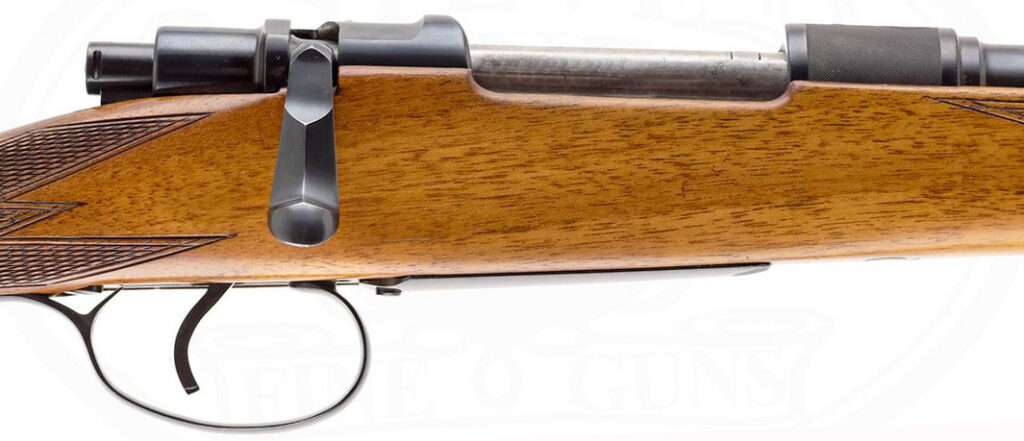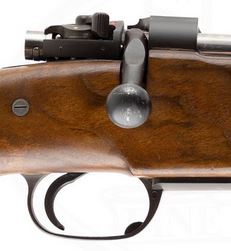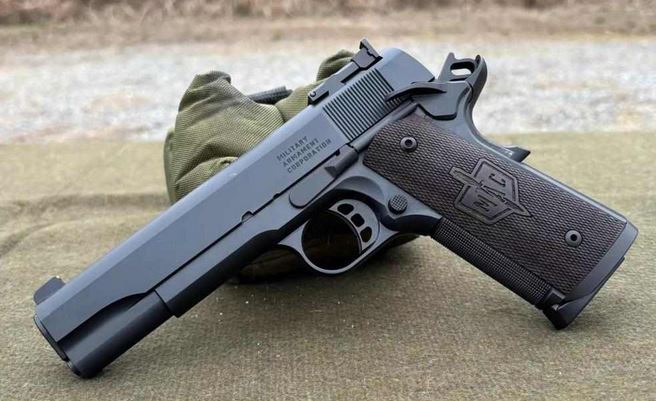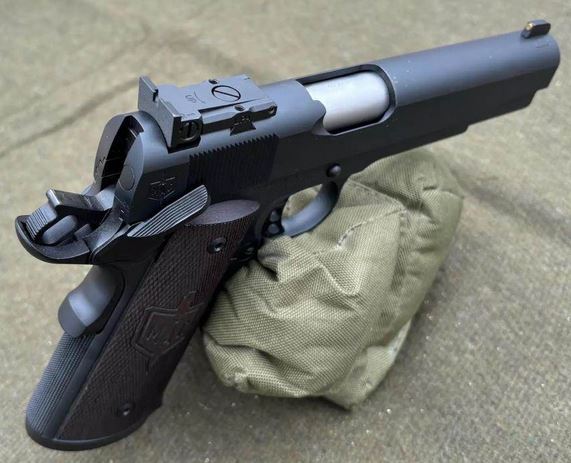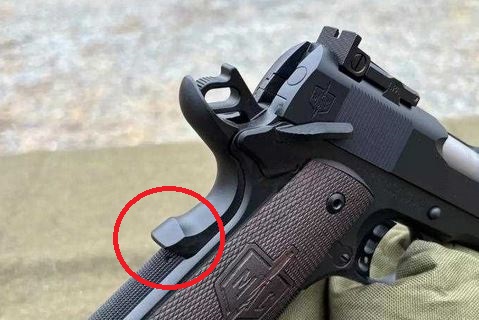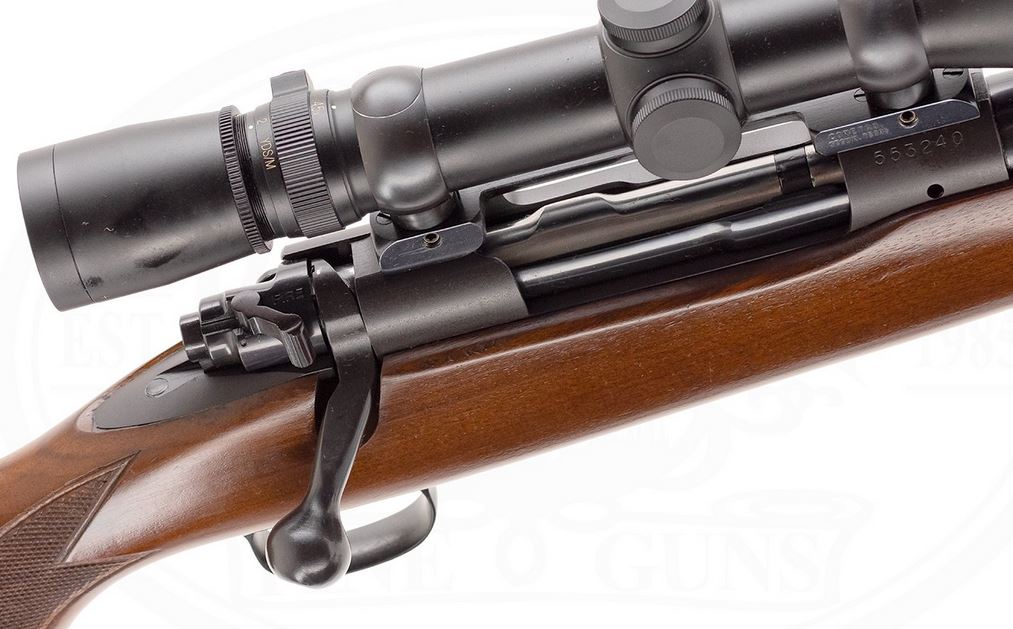Talking about the Huns fiddling with the numbers when the results aren’t to their liking:
The German army’s accuracy has again been mired in controversy as it was revealed in a classified report the testing for their latest rifle was lowered.
The G95A1 rifle failed to pass trials with military-standard ammunition so the Bundeswehr – the German army – lowered the standards of the test, the report stated.
The manufacturers of the rifle – Heckler and Koch – were allowed to test it with civilian ammunition and at room temperature rather than in extreme heat and cold.
The classified report read: ‘Current testing by the army in laboratory conditions shows that the weapon doesn’t meet army standards when loaded with combat ammunition.
‘The army requires an assault rifle that is sufficiently accurate under real conditions with its combat ammunition.’
The rifle was ordered to replace the G36 – also made by Heckler and Koch – which was dropped after it was found to become inaccurate after sustained firing.
The G36’s inconsistency was down to a plastic channel that support the barrel would become soft when the gun heats in a quick succession of firing.
The fault was first discovered when German soldiers serving in Afghanistan complained their guns were not shooting straight after a bout of heavy fire.
As we all know, when the facts are uncomfortable and/or do not conform to the theory, they must be changed. (I don’t know how that sounds in German, but I bet it’s lovely.) Also:
Their 180,000-strong army is due to be receiving new weapons next year after it was reported that they only had enough ammunition to fight for two days.
However, the new gun’s accuracy is up to scratch according to Germany’s elite KSK troops who have been equipped with the G95A1. [as long as you only shoot it indoors — K.]
A 2015 survey of German soldiers found that only 8 per cent of Bundeswehr soldiers trusted their weapons.
Somewhere out there, Paul Mauser is spinning in his grave.
I bet they’d even do better with one of these instead…
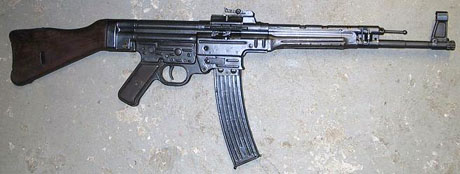
Looks like it’s not just German cars that are starting to suck.


